Kei Majima
Fast, accurate, and interpretable decoding of electrocorticographic signals using dynamic mode decomposition
Oct 31, 2023Abstract:Dynamic mode (DM) decomposition decomposes spatiotemporal signals into basic oscillatory components (DMs). DMs can improve the accuracy of neural decoding when used with the nonlinear Grassmann kernel, compared to conventional power features. However, such kernel-based machine learning algorithms have three limitations: large computational time preventing real-time application, incompatibility with non-kernel algorithms, and low interpretability. Here, we propose a mapping function corresponding to the Grassmann kernel that explicitly transforms DMs into spatial DM (sDM) features, which can be used in any machine learning algorithm. Using electrocorticographic signals recorded during various movement and visual perception tasks, the sDM features were shown to improve the decoding accuracy and computational time compared to conventional methods. Furthermore, the components of the sDM features informative for decoding showed similar characteristics to the high-$\gamma$ power of the signals, but with higher trial-to-trial reproducibility. The proposed sDM features enable fast, accurate, and interpretable neural decoding.
Quantum circuit-like learning: A fast and scalable classical machine-learning algorithm with similar performance to quantum circuit learning
Mar 24, 2020
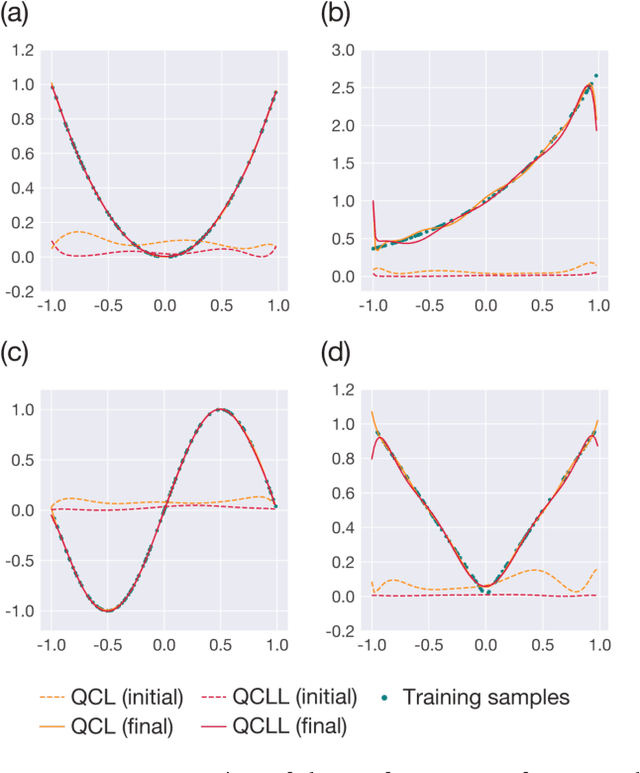
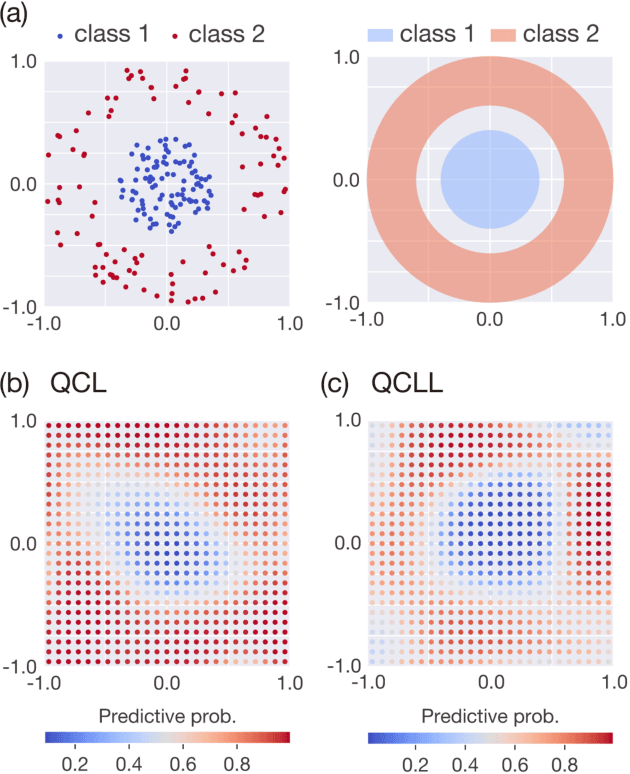
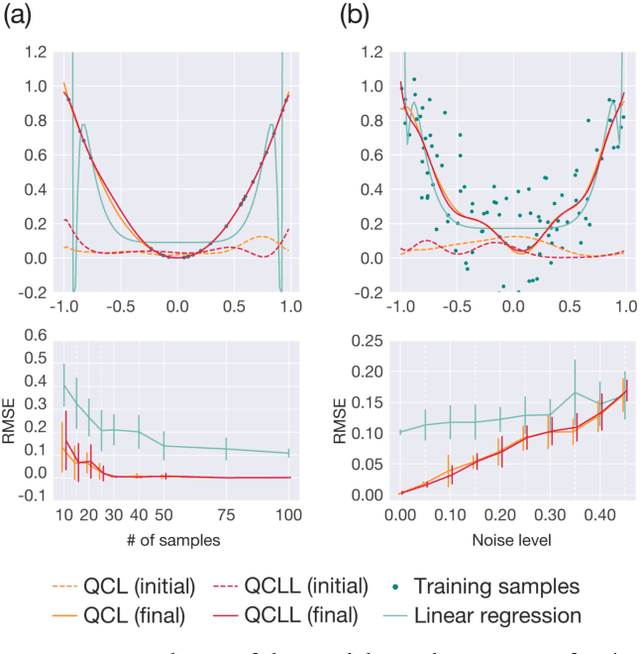
Abstract:The application of near-term quantum devices to machine learning (ML) has attracted much attention. In one such attempt, Mitarai et al. (2018) proposed a framework to use a quantum circuit for supervised ML tasks, which is called quantum circuit learning (QCL). Due to the use of a quantum circuit, QCL can employ an exponentially high-dimensional Hilbert space as its feature space. However, its efficiency compared to classical algorithms remains unexplored. In this study, using a statistical technique called count sketch, we propose a classical ML algorithm that uses the same Hilbert space. In numerical simulations, our proposed algorithm demonstrates similar performance to QCL for several ML tasks. This provides a new perspective with which to consider the computational and memory efficiency of quantum ML algorithms.
Quantum-inspired canonical correlation analysis for exponentially large dimensional data
Jul 07, 2019
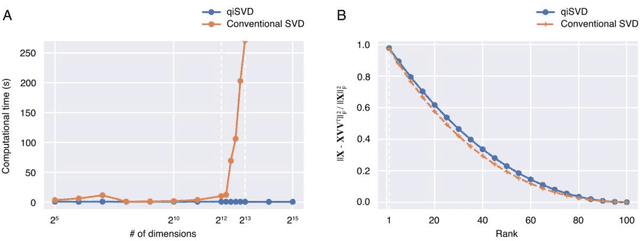
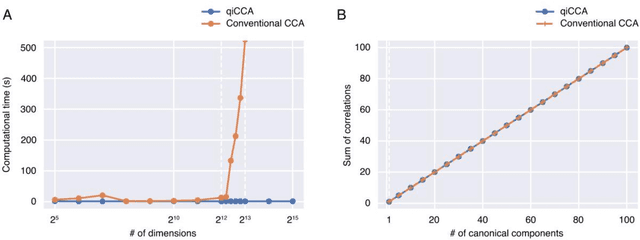

Abstract:Canonical correlation analysis (CCA) is a technique to find statistical dependencies between a pair of multivariate data. However, its application to high dimensional data is limited due to the resulting time complexity. While the conventional CCA algorithm requires polynomial time, we have developed an algorithm that approximates CCA with computational time proportional to the logarithm of the input dimensionality using quantum-inspired computation. The computational efficiency and approximation performance of the proposed quantum-inspired CCA (qiCCA) algorithm are experimentally demonstrated. Furthermore, the fast computation of qiCCA allows us to directly apply CCA even after nonlinearly mapping raw input data into very high dimensional spaces. Experiments performed using a benchmark dataset demonstrated that, by mapping the raw input data into the high dimensional spaces with second-order monomials, the proposed qiCCA extracted more correlations than linear CCA and was comparable to deep CCA and kernel CCA. These results suggest that qiCCA is considerably useful and quantum-inspired computation has the potential to unlock a new field in which exponentially large dimensional data can be analyzed.
 Add to Chrome
Add to Chrome Add to Firefox
Add to Firefox Add to Edge
Add to Edge